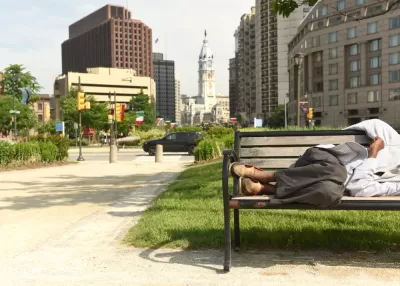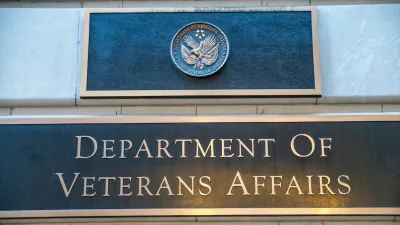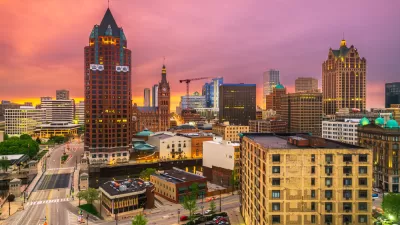The city of Philadelphia provides a case study of the so-called "Latino Homeless Paradox." There are many more low-income and homeless Latinos than reflected in the numbers of those using supportive services in the city.

Julia Terruso and Emma Restrepo report on the situation facing homeless and low-income Latinos in the city of Philadelphia.
Latino homeless in the city are "an underserved, undercounted group that advocates say isn’t reaching city services designed to help them," according to the article.
"Latinos make up nearly 15 percent of Philadelphia’s population and form its poorest minority group — 38 percent live in poverty, according to census data. But step inside a city homeless shelter and there are few Latinos. Nationally, and in Philadelphia, they represent a small fraction of people in shelters," add Terruso and Restrepo.
Past research has identified the "Latino Homeless Paradox," which explains the disparity. "Wary of shelters, Latinos are more likely to live on the streets or couch-surf among friends and family."
In Philadelphia, the Latino Homeless Paradox extends beyond shelters. Fewer Latinos use Section 8 vouchers or use other supportive services in the city as well. The article includes a lot more data on some of the institutional reasons behind the paradox, and quotes from advocates who have ideas on how the city can do better to support its vulnerable Latino populations.
FULL STORY: Why so few of Philly’s homeless Latinos use shelters, get city services

Trump Administration Could Effectively End Housing Voucher Program
Federal officials are eyeing major cuts to the Section 8 program that helps millions of low-income households pay rent.

Planetizen Federal Action Tracker
A weekly monitor of how Trump’s orders and actions are impacting planners and planning in America.

Ken Jennings Launches Transit Web Series
The Jeopardy champ wants you to ride public transit.

Crime Continues to Drop on Philly, San Francisco Transit Systems
SEPTA and BART both saw significant declines in violent crime in the first quarter of 2025.

How South LA Green Spaces Power Community Health and Hope
Green spaces like South L.A. Wetlands Park are helping South Los Angeles residents promote healthy lifestyles, build community, and advocate for improvements that reflect local needs in historically underserved neighborhoods.

Sacramento Plans ‘Quick-Build’ Road Safety Projects
The city wants to accelerate small-scale safety improvements that use low-cost equipment to make an impact at dangerous intersections.
Urban Design for Planners 1: Software Tools
This six-course series explores essential urban design concepts using open source software and equips planners with the tools they need to participate fully in the urban design process.
Planning for Universal Design
Learn the tools for implementing Universal Design in planning regulations.
Heyer Gruel & Associates PA
Ada County Highway District
Institute for Housing and Urban Development Studies (IHS)
City of Grandview
Harvard GSD Executive Education
Toledo-Lucas County Plan Commissions
Salt Lake City
NYU Wagner Graduate School of Public Service





























